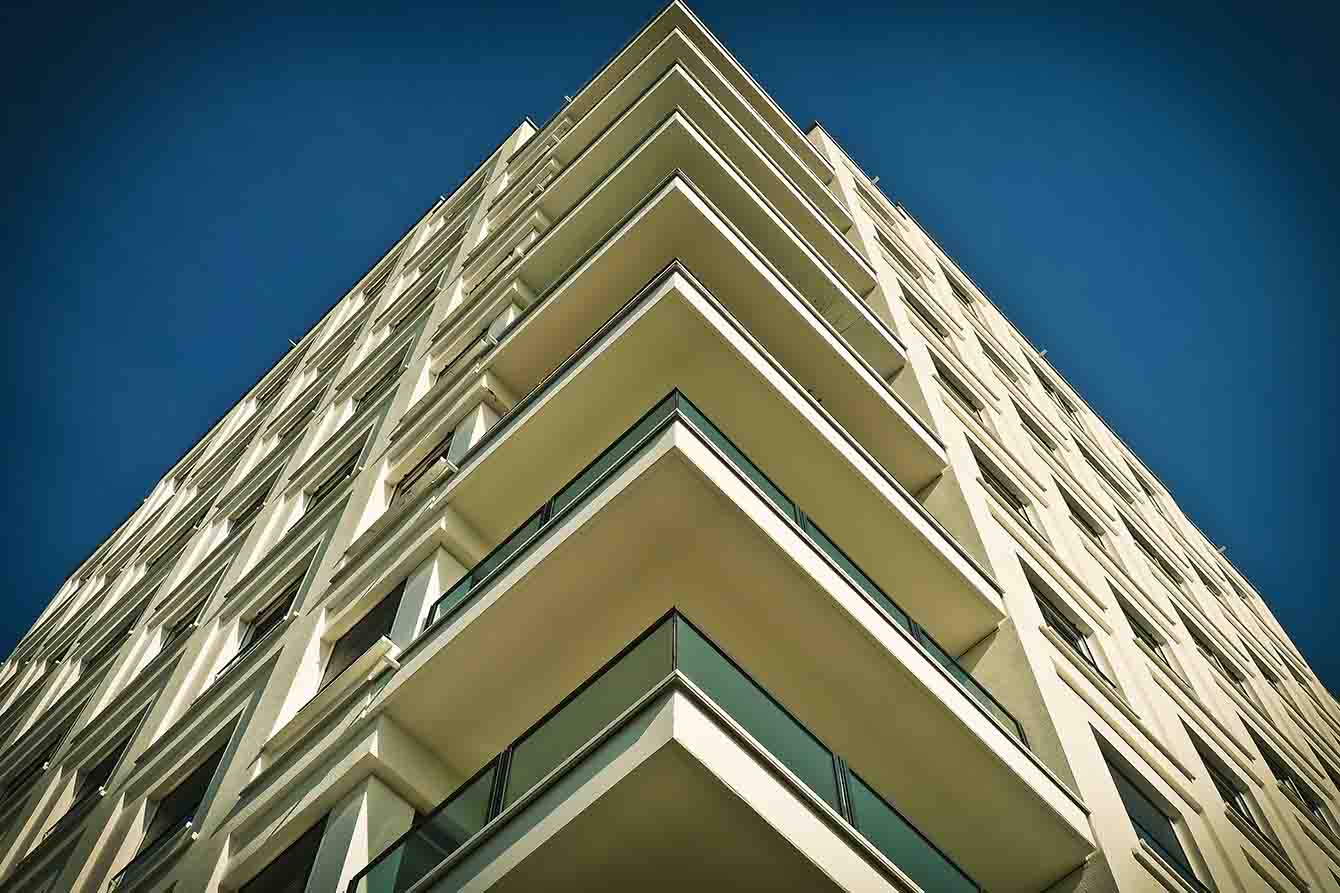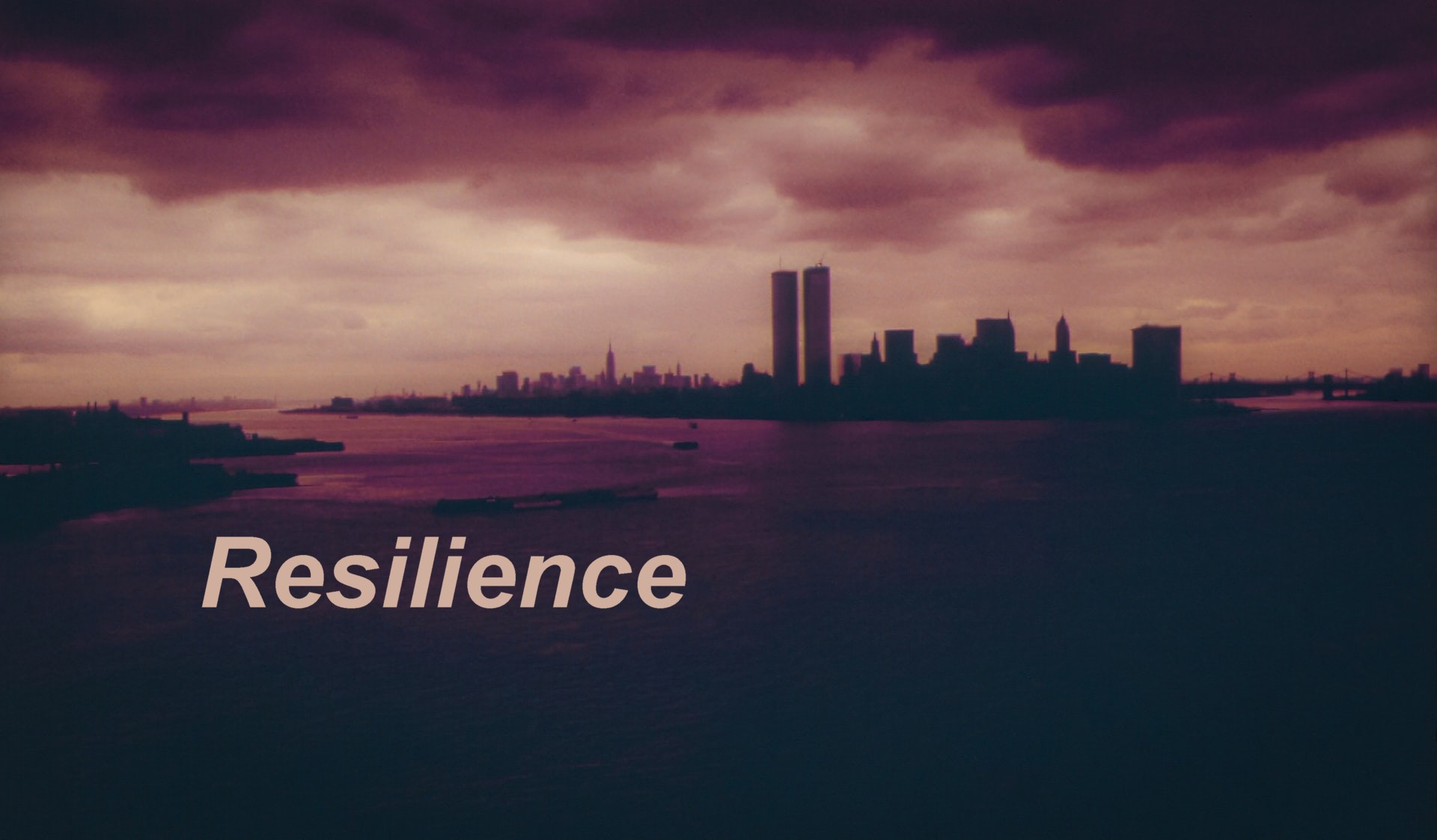Building for Resiliency with Insulated Concrete Forms




Building with Insulated Concrete Forms (ICFS) is increasingly recognized as a crucial component of modern construction practices, particularly in the realms of resilience and sustainability.
This approach not only addresses immediate structural needs but also aligns with long-term environmental goals.
Energy Efficiency and Reduced Carbon Footprint
One of the primary advantages of ICFs is their exceptional energy efficiency. ICF structures provide continuous insulation, which significantly reduces heat transfer.
This results in lower energy consumption for heating and cooling—studies indicate that ICF buildings can achieve up to 44% greater energy savings compared to traditional wood-framed structures.
The reduced reliance on heating and cooling systems not only lowers operational costs but also reduces greenhouse gas emissions over the building’s lifespan, contributing positively to climate change mitigation efforts.
Sustainable Materials and Waste Reduction
ICFs are constructed using materials that are often recycled or have a lower environmental impact. For instance, the expanded polystyrene (EPS) used in ICFs can be made from recycled materials, and the concrete itself can incorporate recycled aggregates.
Furthermore, ICF construction generates minimal waste—typically around 1%—and any waste produced is recyclable. This efficient use of resources helps preserve natural environments by reducing the demand for new raw materials.
Resilience Against Extreme Weather
The resilience of ICFS is another key factor in their significance. These structures are designed to withstand extreme weather conditions, including hurricanes, tornadoes, and earthquakes.
The combination of reinforced concrete and insulating foam provides superior protection against high winds and impacts, making them one of the safest construction methods available today.
This resilience not only protects human life but also reduces the need for frequent repairs or rebuilding after disasters, thereby conserving resources over time.
Indoor Environmental Quality:
ICFS contributes to improved indoor air quality by minimizing air infiltration and preventing moisture accumulation, which can lead to mould growth.
The airtight nature of ICF buildings ensures consistent indoor temperatures, eliminating drafts and cold spots, which enhances occupant comfort while further reducing energy usage.
Healthier living environments are increasingly crucial as awareness grows regarding the impacts of building materials on occupant health.
Support for Sustainable Building Certifications
Buildings constructed with ICFs often qualify for prestigious green building certifications such as LEED (Leadership in Energy and Environmental Design). These certifications recognize efforts toward sustainability in design, construction, and operation.
By adopting ICF technology, builders can earn points towards these certifications through enhanced energy efficiency, improved indoor air quality, and reduced environmental impact.
In summary, building with Insulated Concrete Forms is vital for promoting resiliency and sustainability due to their energy efficiency, use of sustainable materials, resilience against extreme weather events, improvement of indoor environmental quality, and support for green building certifications.
As climate challenges intensify and resource conservation becomes more critical, ICFs represent a forward-thinking solution in construction practices.
Recent Posts
The Future of Cement as a Sustainable and Resilient Building Product
The future of cement shaping up to forge a more sustainable construction industry that meets…
The Growing Importance of Resiliency in the Design and Construction of Buildings
Resiliency is becoming increasingly important in building design and construction due to the rising frequency…
GCCA Global Low Carbon Ratings for Cement and Concrete
The Global Cement and Concrete Association (GCCA) has developed a standardised low carbon rating system…
Building Resiliency in the Pacific Northwest
In the Pacific Northwest, the increasing frequency and severity of climate-related disasters, such as wildfires,…
How California can rebuild safer, more resilient cities after wildfires
The catastrophic LA wildfires were a powerful reminder that governments and communities need to think…
Mobilizing Resilient Design and Construction
Implementing a multifaceted strategy can motivate state and local governments to prioritize resilient design and…


